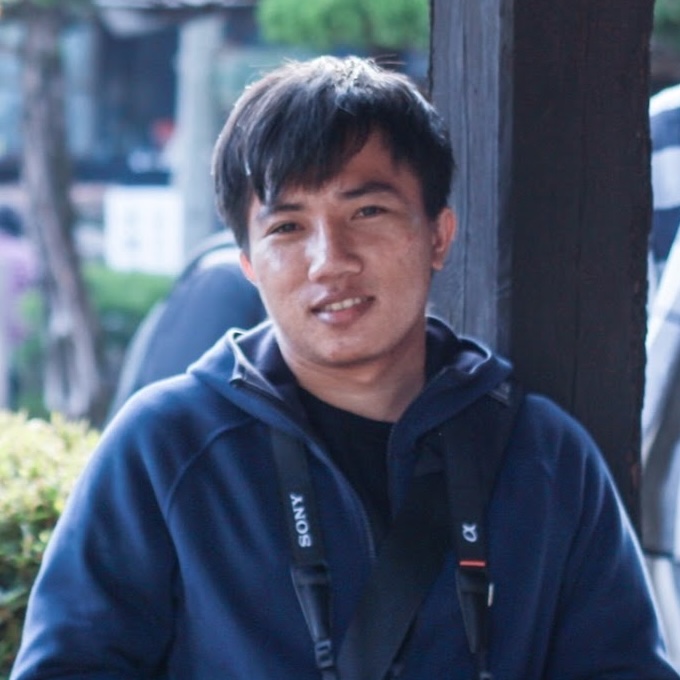An Effect of Limb Position in Motor Imagery Training Paradigm in Immersive Virtual Environment
Published in 2022 IEEE Sensors, 2022
Motor imagery (MI) training-based Brain-Computer Interfaces (BCI) improved individuals’ motor function by inducing direct alterations in the sensorimotor area. Virtual Reality (VR)-based MI training has been identified as a promising technique for achieving high performance. However, the physical limb position should be considered when designing a better training task. This paper investigated the effect of induced MI activities when the virtual arms were at normal and shifted down position. The paradigm used of Virtual Reality (VR) to simulate the situation of having realistic and unrealistic arms position in an immersive virtual environment. Analyses of electroencephalograms (EEGs) revealed significant differences in MI activity levels between two positions on both the left and right sides. During shifted arms MI, the negative power regions were found in beta and gamma bands on the contralateral hemisphere in time-frequency analysis. Resting vs. normal position arms MI and resting vs. shifted position arms MI classification accuracy reached 80 % and 63 %, respectively. Overall, these findings suggested that taking into account the realistic physical position of virtual limbs is critical for optimizing MI training performance.
S. Kiatthaveephong, S. Santiwongkarn, R. Chaisaen, C. Rungsilp, T. Yagi and T. Wilaiprasitporn, "An Effect of Limb Position in Motor Imagery Training Paradigm in Immersive Virtual Environment" in 2022 IEEE Sensors, Dallas, TX, USA, 2022, pp. 1-4.
